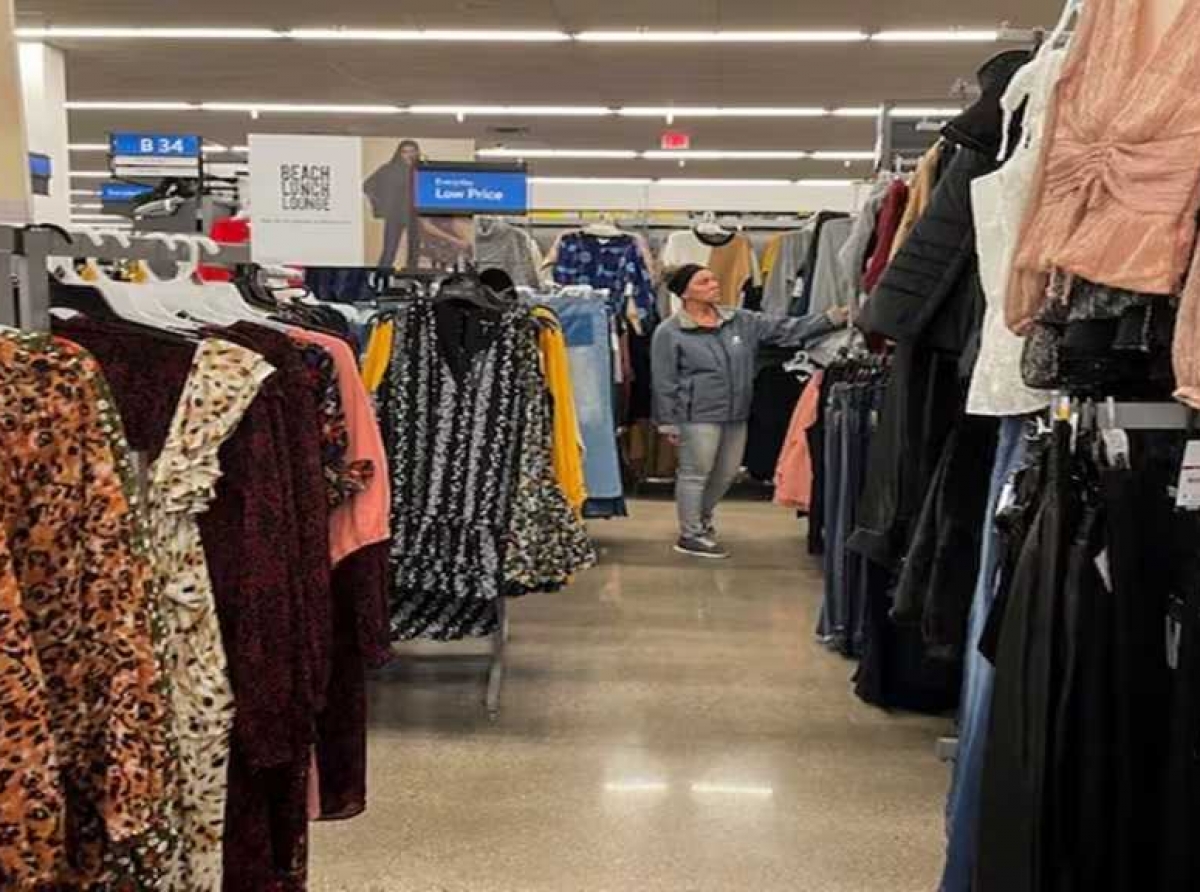Fashion leads D2C retail leasing as online brands go offline in India

Having experienced explosive growth during the pandemic, India’s Direct-to-Consumer (D2C) brands are now aggressively expanding their physical footprint, driving a significant shift in the country's retail real estate market.
The share of retail leasing accounted for by these new-age brands nearly doubled, jumping from just 8 per cent in H1 2024 to 18 per cent in H1 2025, according to a recent CBRE report.
This growth is fueled by D2C companies leveraging flagship stores, franchise outlets, and pop-ups as they realize the crucial role of an omnichannel strategy.
Read our latest issue
The move offline is overwhelmingly led by the clothing sector. Fashion and apparel brands accounted for nearly 60 per cent of all D2C retail leasing in H1 2025. They were followed by:
Homeware and Furnishings at 12 per cent, Jewelry: 12 per cent and Health and Personal Care at 6 percent.
Anshuman Magazine, Chairman and CEO, CBRE India, notes, while online shopping continues its growth, physical purchases still represent the majority of transactions.
Unlike a standardized online experience, a physical store allows brands to create a tailored shopping environment that helps them connect deeply with their target audience and reinforce their ethos, he adds.
Besides diversifying channels, D2C brands are also diversifying locations. In H1 2025, nearly half of their leasing activity took place outside of traditional mall settings.
The largest share awas occupied by high streets at 46 per cent. This was followed by malls at 40 per cent with standalone outlets making up for the remaining 14 per cent.
This mixed-format approach - utilizing everything from showrooms to pop-ups- reflects a flexible strategy aimed at maximum visibility.
Geographically, Delhi-NCR led the way, accounting for the highest share of D2C leasing at 26 per cent, followed closely by Bengaluru (22 per cent) and Hyderabad (18 per cent).
Ram Chandnani, Managing Director-Leasing Services, CBRE India, highlights the dual benefit of this strategy. He opines, offline presence helps brands tap into traditional customer bases, enhances trust and credibility, and allows for deeper penetration into lower-tier towns.
This dual play of digital reach and offline experience is set to define the next chapter of India’s retail growth, he concludes.










